Competition model for 2019 adds disqualifications, alters post-race inspection
NASCAR competition officials announced Monday that post-race inspection for all three national series will have a new model for 2019, introducing a system where race-winning teams found in violation of the rule book would be disqualified.
The rules change signals a shift in a long-standing tradition of penalizing an offending race winner with fines, suspensions and/or points deductions, but allowing victories to stand. The new system also accelerates the timetable for thorough post-race technical inspections, which will now be conducted at the track soon after the checkered flag instead of midweek at the NASCAR Research & Development Center in Concord, North Carolina.
“I think for us, we’re really looking at a total culture change,” said Steve O’Donnell, NASCAR Executive Vice President and Chief Racing Development Officer. “We’ve been through a deterrence model where we’ve really worked with the race teams at the track and probably been more lenient than we should in terms of the number of times teams can go through inspection and pass, fail and there’s almost incentive to try to get something by NASCAR, so we want to really reverse that trend.
“We’re going to put it on the teams to bring their equipment right. When they come to the track, we’ll be much less lenient as they go through technical inspection with stiffer penalties in terms of qualifying, and then ultimately during the race, obviously we want everyone to be racing straight up.”
RELATED: More competition tweaks for ’19
The cars of the first-place and second-place finishers, plus at least one randomly selected car, will undergo post-race inspection at the track. Competition officials said they are targeting a time frame of approximately 90 minutes to two hours to complete the inspection and confirm the race winner.
Should one of those cars fail the post-race inspection, the driver and team would receive last-place points and the rest of the finishing order would move up. Disqualified teams also would be stripped of the benefits of playoff points, stage points and automatic postseason berths and playoff advancement.
The shift in rules marks a distinct break from a longstanding, unwritten company policy. Series organizers have avoided taking wins away for decades, adhering to a belief that fans should leave the race track with an assurance that the first finisher was indeed the winner.
Current-day officials acknowledged that break in tradition, saying that a goal of the new procedures was to accelerate the inspection process and avoid the potential pall that midweek penalties can cast over both the previous week’s result and the following week’s race.
RELATED: Target date for Gen-7 set
“Times have changed. We’ve moved forward with a lot of things,” said Jay Fabian, who was named the new Monster Energy NASCAR Cup Series managing director on Jan. 16. “There’s always been different thoughts on what the right way is to do it and it’s migrated to saying, hey, we really need to do this as more of a real-time thing and make sure it’s right post-race and move on with it from the weekend.
“We want to be able to avoid the Tuesday, Wednesday announcements of penalties. We want to take that story line away and we’ve got to be rid of all that. So it’s up to the teams to behave the right way and if they don’t, they’ll get a DQ and we’ve move forward from that on a Sunday or Saturday whenever we race instead of a Tuesday or Wednesday.”
Said O’Donnell: “I think it’s evolved over time as you look at it. Certainly we wanted to declare a winner at the track, but what was happening was a potential negative story line that just stayed with the sport and really for the fan base for too long. So with the ability now with Jay Fabian coming into the director’s seat, and we have the capabilities to conduct a thorough post-race inspection at track and do it in a somewhat efficient timeline and still be able to declare that winner that night, put it to bed, celebrate that winner and go on from there.”
NASCAR’s history of disqualifying drivers can be traced all the way back to the first race for the Monster Energy Series (then called Strictly Stock) in 1949. Jim Roper was declared the winner at the old Charlotte Speedway after the car of apparent first-place driver Glenn Dunaway was found with illegal springs.
Last year, a rash of five penalties in the first three months of the season were issued for rear-window modifications. That outbreak prompted Scott Miller, NASCAR senior vice president of competition, to indicate that the sanctioning body was exploring harsher punishment for such violations.
The Stewart-Haas Racing No. 4 team drew the heaviest penalty of last season after an illegal rear spoiler was found on Kevin Harvick’s race-winning car from Texas. That infraction became a headline-grabbing story line with two races left in the playoffs, something Miller said the sanctioning body hopes to avoid this season.
RELATED: Recapping No. 4 penalty
“I don’t know that our hand was necessarily forced,” Miller says, “but really and truly a lot of the team owners, we have this culture of playing these cat-and-mouse games between us and the teams, and that’s really kind of a lot of wasted energy on both sides of the fence and I think that the best way for us to get our arms around that is to have a little bit stiffer deterrent.
“Then there was also, I think every time we had a penalty on Wednesday, there seemed to be an outcry from a lot of the fans about how can you not take the win away if there was something wrong with the car, so I think there’s a lot of factors that went into us moving in this direction for this season. But I think it’s been, as you’ve probably seen, it seems to be pretty well received so far with most all of the industry.
“They kind of asked for it, and it was time. Definitely a departure for us, but times change and I think this is just one of those things of us changing with the times.”
Miller and Fabian said NASCAR will continue to focus on certain “hot” areas of vehicles in inspection, including parts and components designed to fail over the course of a race to gain an advantage. Elton Sawyer, NASCAR’s Vice President of Officiating and Technical Inspection, said officials still will inspect cars at the R&D Center to explore trends as teams search for gray areas in the rule book.
RELATED: Triple Truck Challenge program
Sawyer said the potential for penalties to emerge from the R&D Center still is a possibility, but that likelihood is remote with at-track inspection becoming more rigorous. Sawyer also indicated penalties still will be classified as either L1 and L2, following a structure that was introduced before the 2017 season.
“I think the positive was that disqualification, it’s really clean,” Sawyer said. “It’s simple. Our fans will understand it. It won’t be that someone won the race and had an L1 or L2 and they get no benefit from it, but the second place, third place and fourth place on down, they were somewhat penalized. They basically ran second, third or fourth to a vehicle that was not in compliance to the rule book.”
According to a survey of NASCAR statistics, the most recent instance of a premier series driver’s disqualification from the finishing order came Oct. 7, 1973, in the National 500 at Charlotte Motor Speedway. Team owner Nord Krauskopf ordered driver Buddy Baker to park his No. 71 Dodge nearly 100 laps short of the finish, saying carburetor rules had made the car uncompetitive. Krauskopf refused to let NASCAR officials inspect the car, resulting in the DQ.
The last known disqualification of a race winner in NASCAR’s top series came April 17, 1960, at Wilson (N.C.) Speedway. Apparent winner Emanuel Zervakis was demoted to last place after his car was found with an oversized fuel tank. NASCAR Hall of Famer Joe Weatherly was elevated to first place, credited with leading one lap.
The post Competition model for 2019 adds disqualifications, alters post-race inspection appeared first on Official Site Of NASCAR.
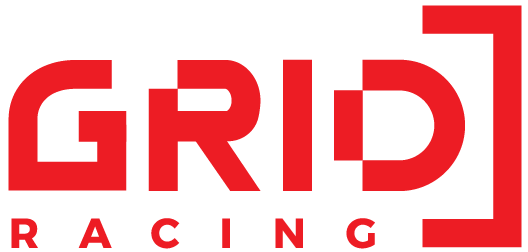

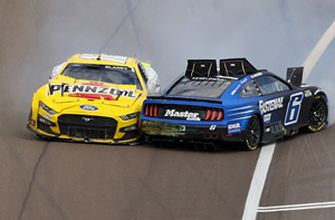
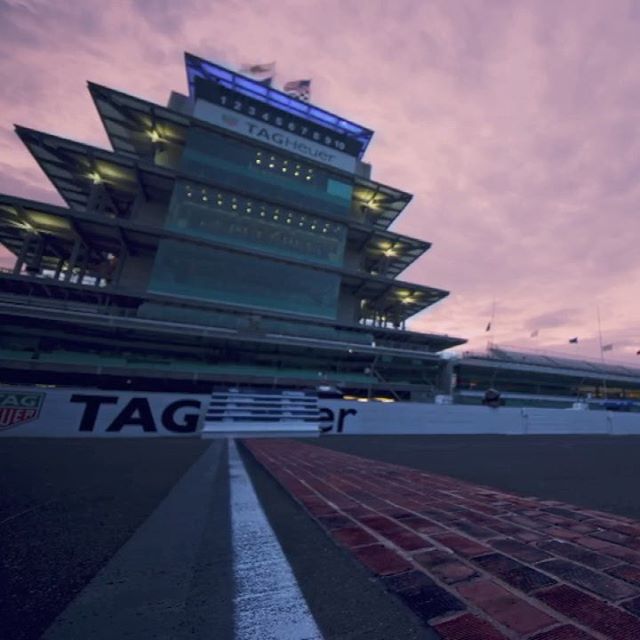

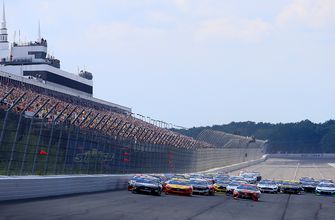



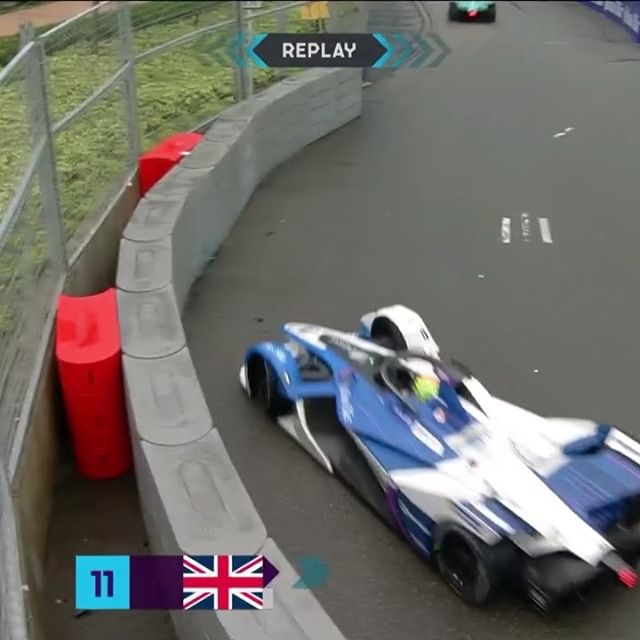


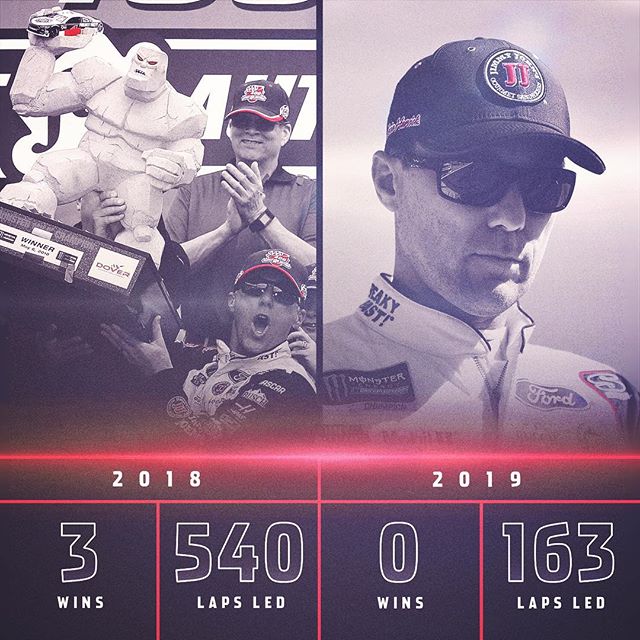
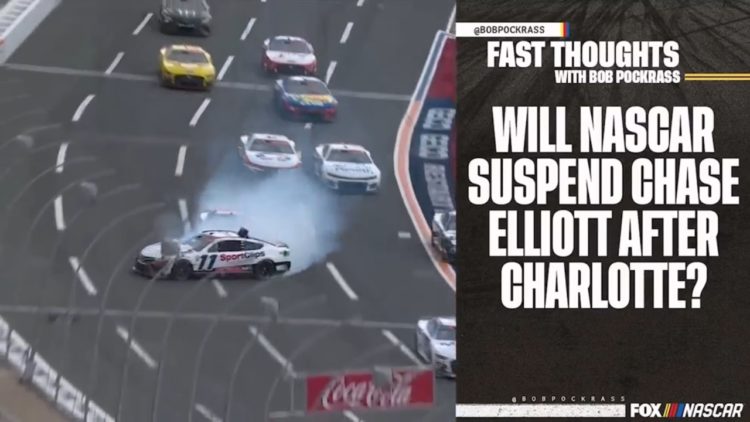

Leave a Comment